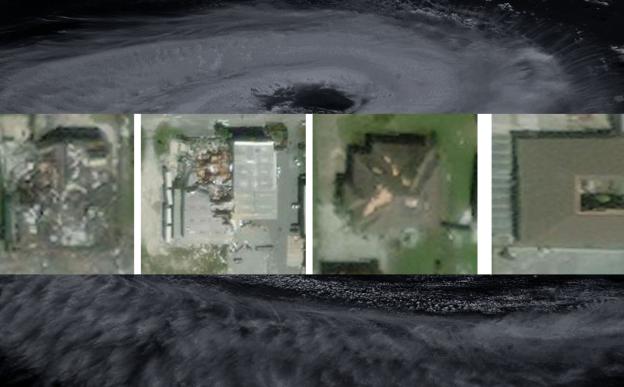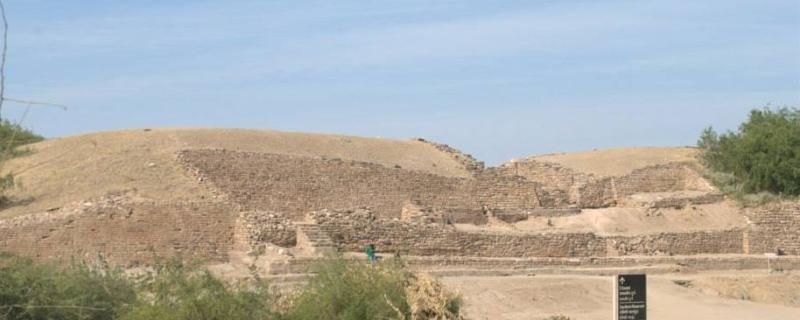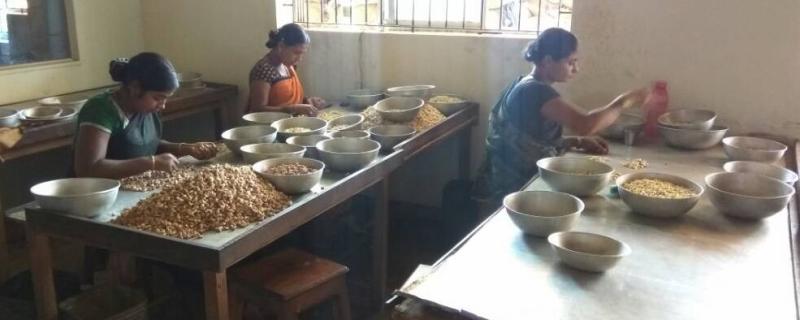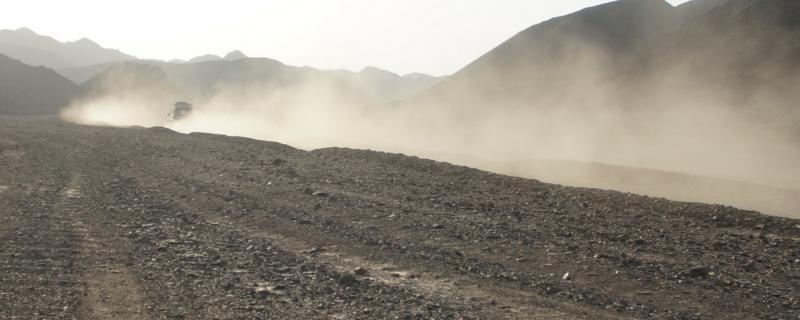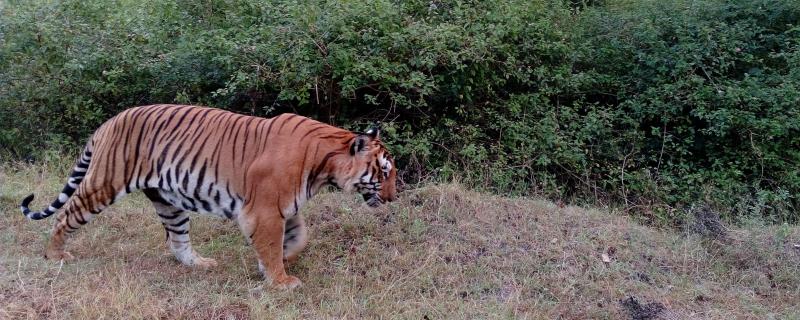The first of December every year is observed as world AIDS day. It is observed as an effort to unite people world wide in the fight against HIV. The theme for the year 2017 is 'Lets End It', aiming to end the stigma associated with the disease.
आयआयटी मुंबईद्वारे विकसित नवीन डीप-लर्निंग फ्रेमवर्क SpADANet (स्पाडानेट) मर्यादित लेबल्स वापरूनही अनेक चक्रीवादळांमधील संरचनात्मक नुकसान अधिक अचूकपणे वर्गीकृत करू शकते.
Mumbai/
